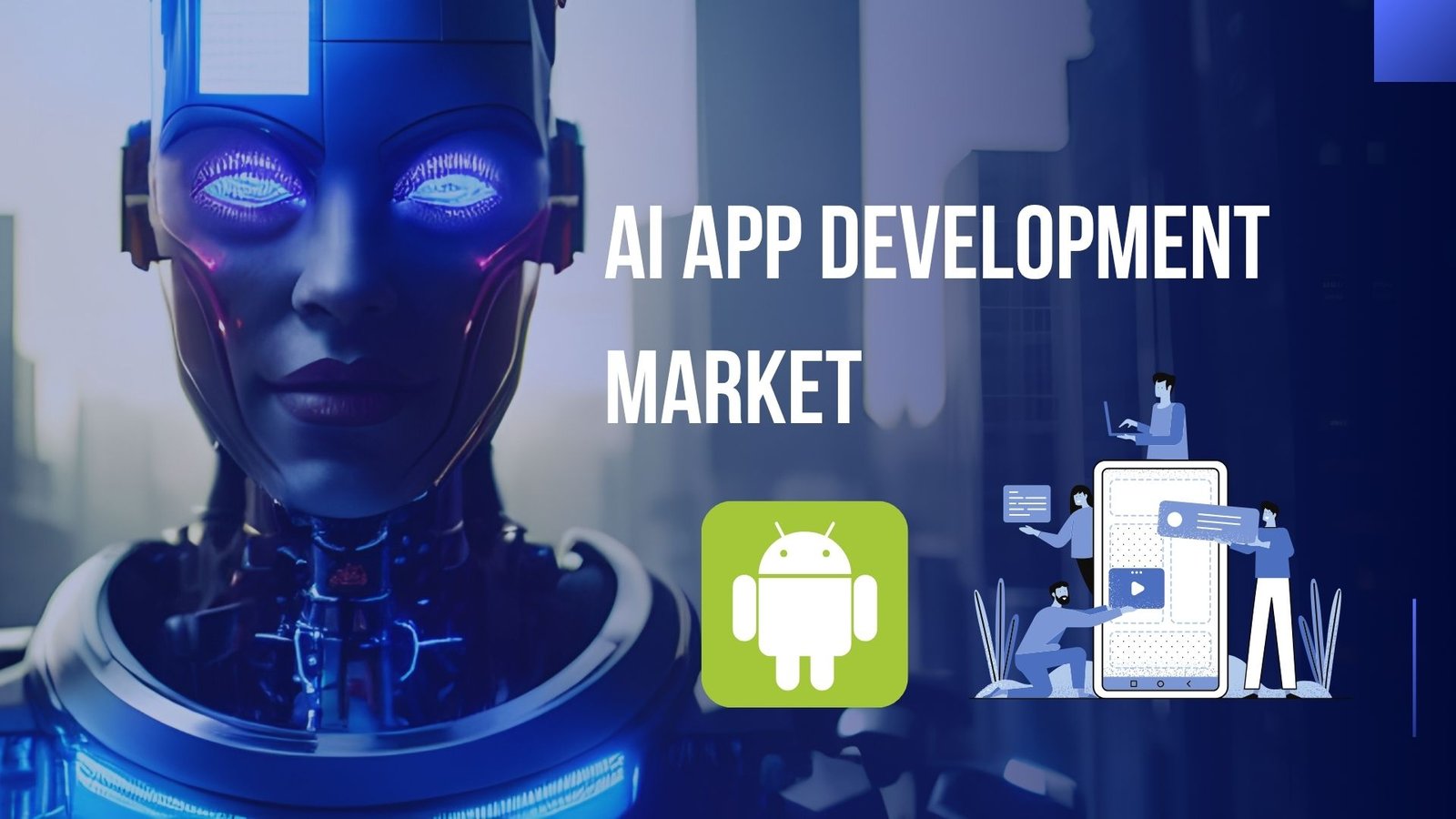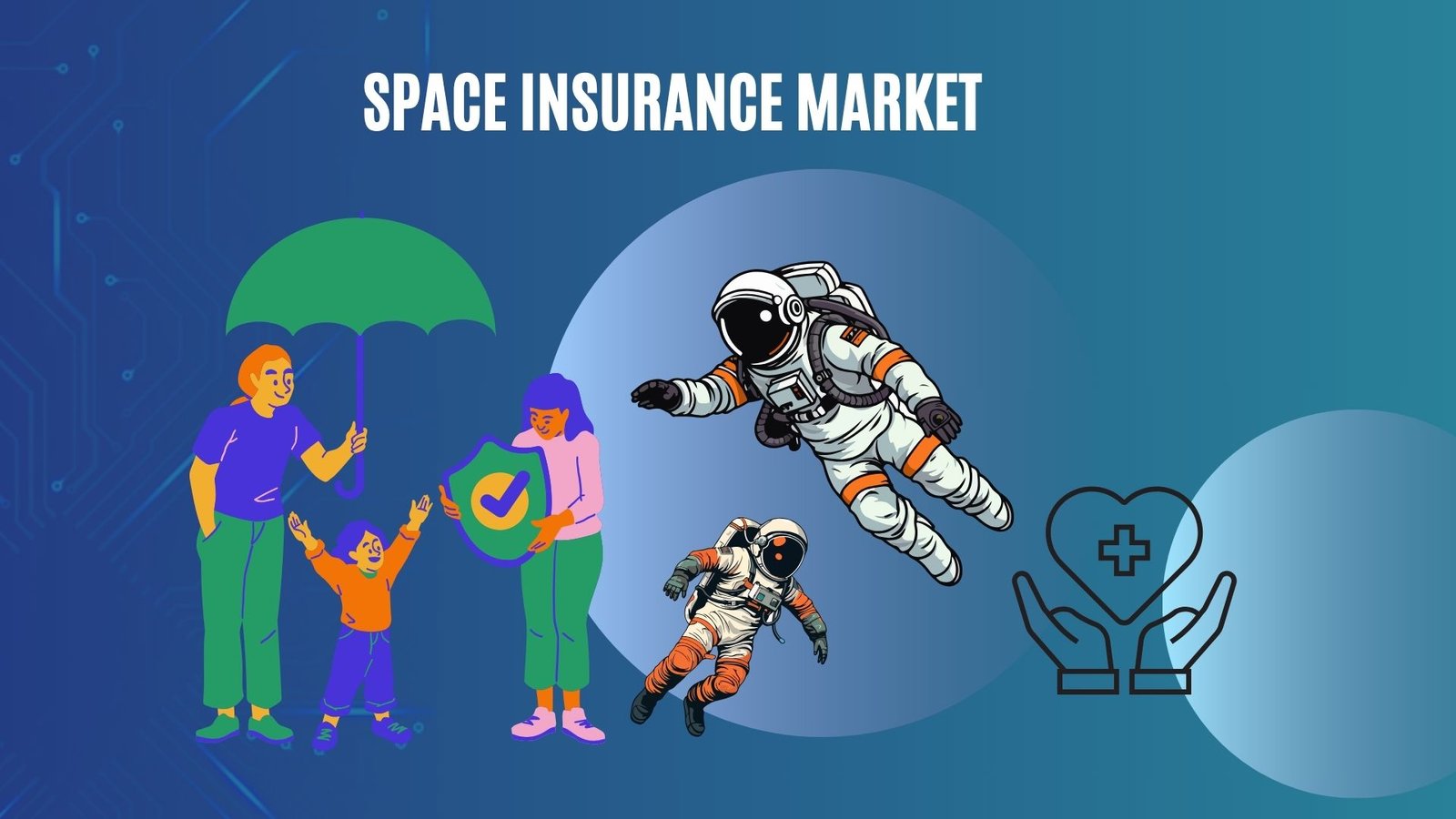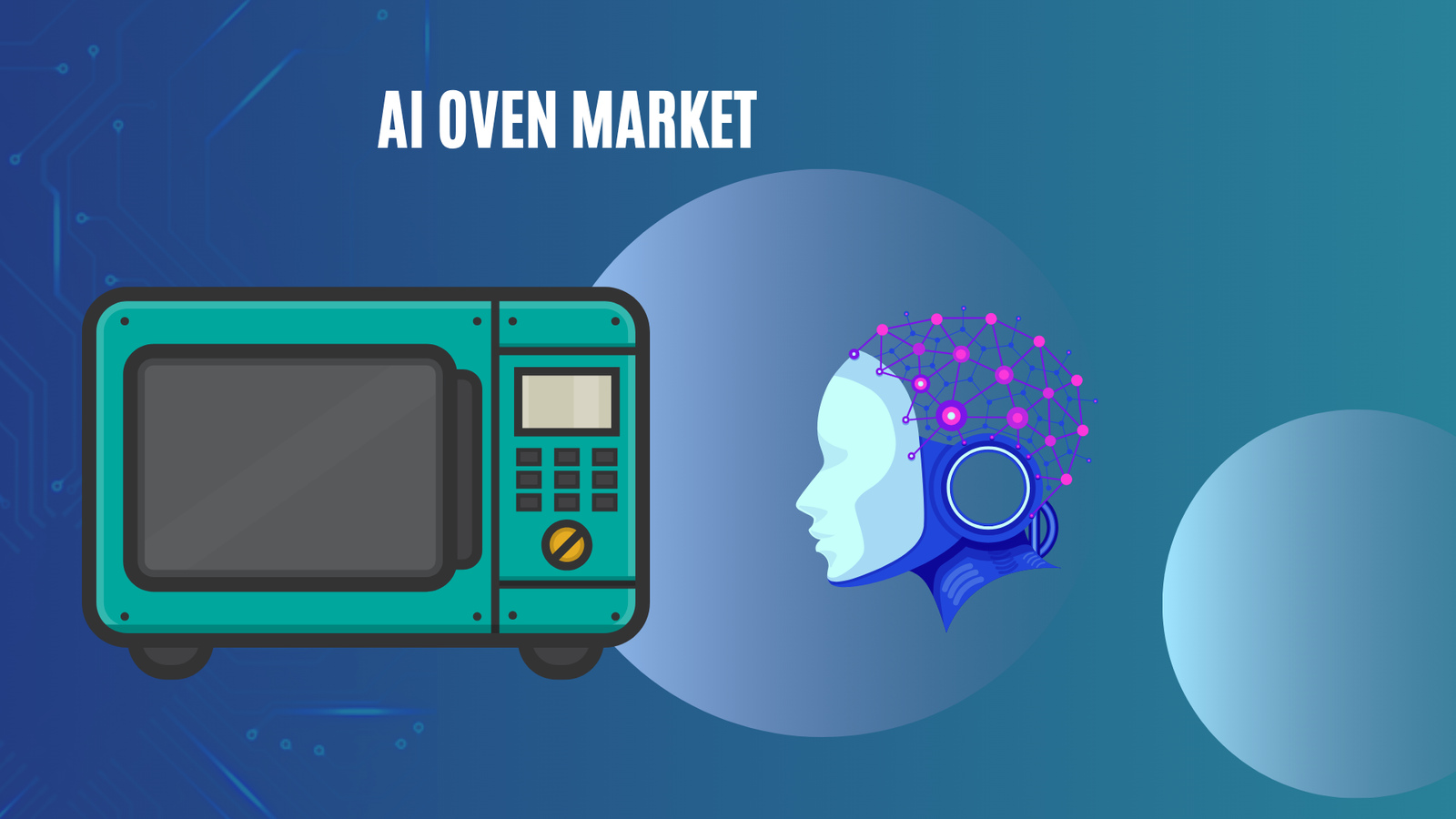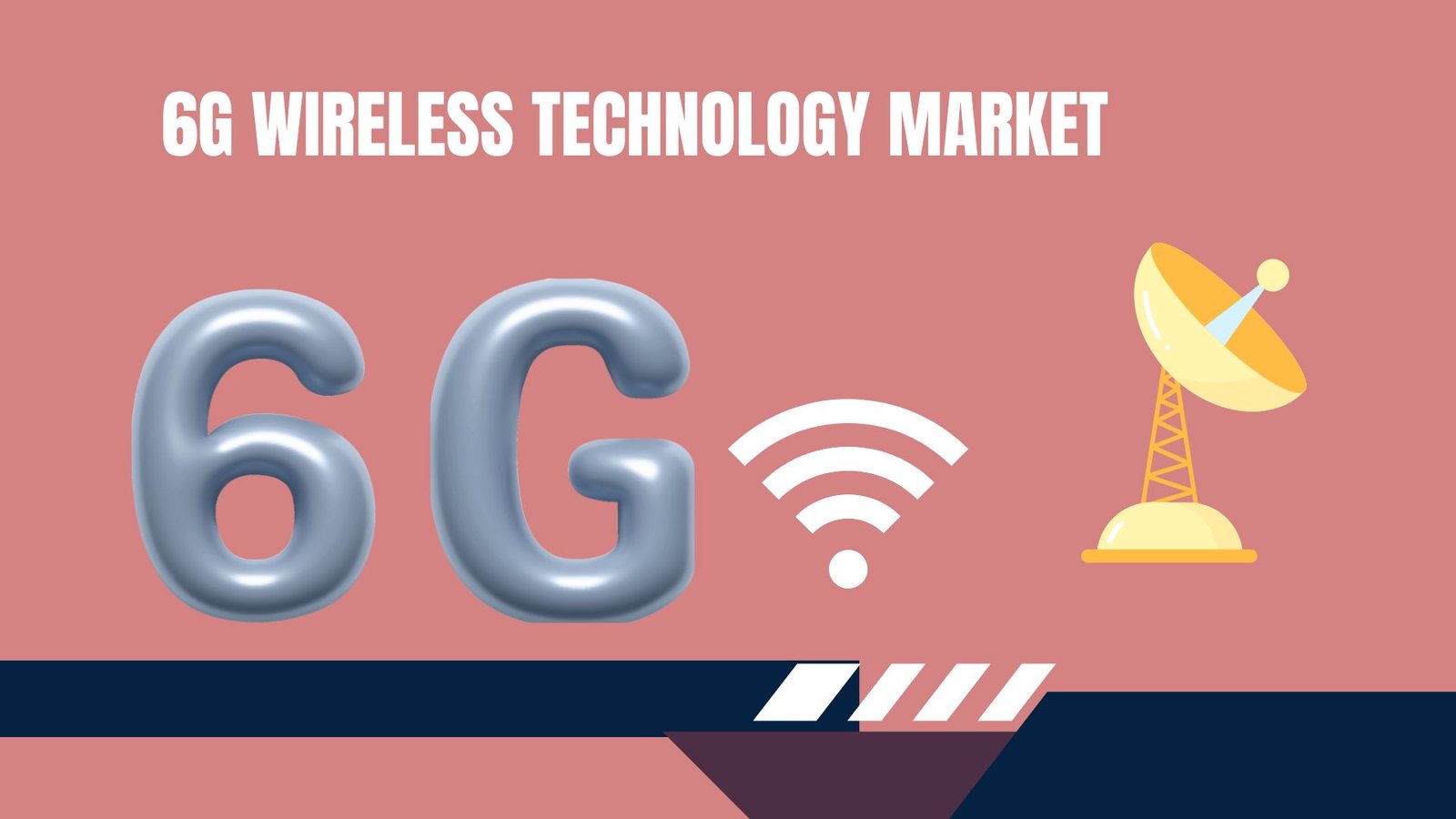Agentic AI Workflows Market Revenue to Exceed USD 227 Bn By 2034
Updated · Oct 06, 2025
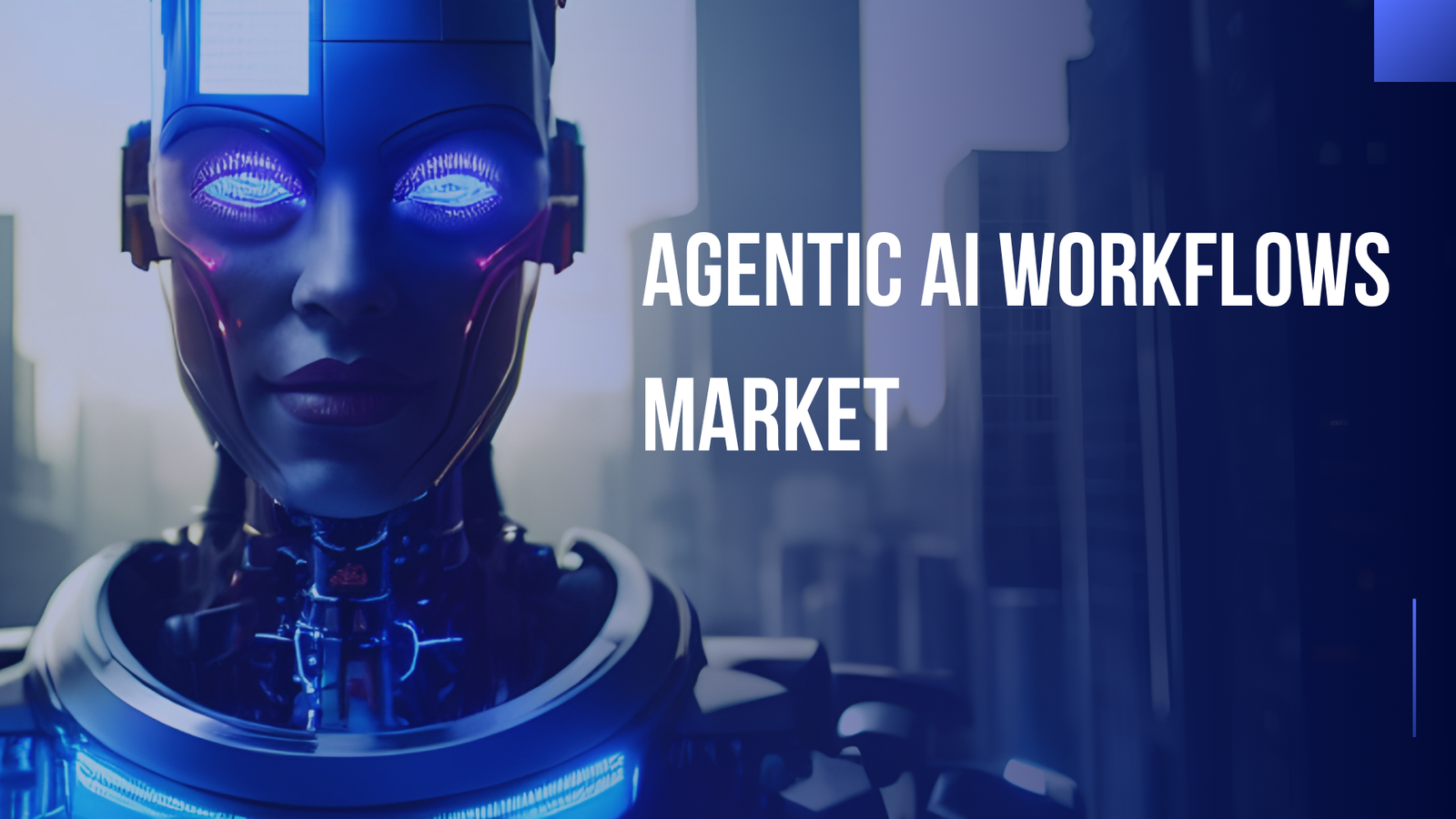
WHAT WE HAVE ON THIS PAGE
Agentic AI Workflows Market Size
According to Market.us, The Global Agentic AI Workflows Market is projected to reach USD 227 billion by 2034, rising sharply from USD 5.2 billion in 2024 at a CAGR of 45.8% between 2025 and 2034. North America accounted for the leading position in 2024, securing over 32.8% share, equivalent to USD 1.7 billion in revenue. The Agentic AI Workflows market is experiencing rapid growth and is becoming a vital part of how businesses operate today.
It involves autonomous AI systems that plan, make decisions, and act across multiple steps with minimal human involvement. These workflows improve efficiency by automating complex tasks and coordinating actions between multiple AI agents, allowing companies to operate faster and more accurately. As these systems evolve, their ability to reason, adapt, and seamlessly integrate into enterprise environments makes them a game-changer for many organizations.
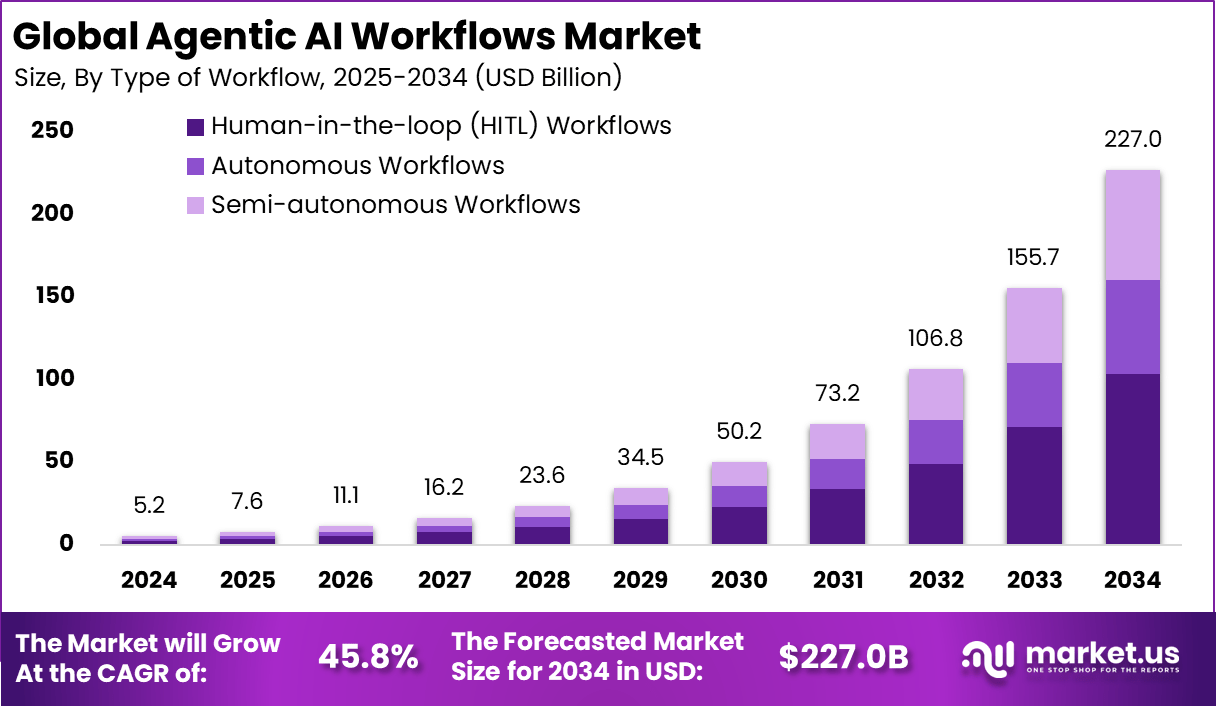
Key Insight Summary
- Human-in-the-loop (HITL) workflows lead with 45.7%, showing the need for oversight in AI-driven decision-making.
- Natural Language Processing (NLP) holds 35.6%, driven by adoption in conversational AI and automation tasks.
- On-premises deployment dominates at 60.2%, as organizations prioritize security and compliance for sensitive data.
- Large enterprises represent 74.6%, integrating agentic AI into complex operations and scaling workflows.
- Healthcare industry leads with 38.6%, supported by use cases in diagnostics, patient engagement, and operational optimization.
- North America accounts for 32.8%, affirming its leadership in enterprise AI adoption.
- The US market is valued at USD 0.65 billion, expanding at a 40.6% CAGR, fueled by innovation funding and enterprise deployments.
Business and Operational Statistics
- Operational efficiency: Organizations report up to 35% improvement in efficiency and 40% faster task execution with agentic workflows. Overall productivity gains approach 40%.
- Customer service: By 2028, agentic AI is expected to handle 68% of interactions (up from less than 1% in 2024). By 2029, 80% of common service issues may be autonomously resolved, cutting support costs by 30%.
- Scalability: SMBs report a 25% productivity boost, scaling operations without proportional workforce increases.
- Cost reduction: Automation of repetitive tasks delivers about 30% lower operational costs, enhancing profitability.
- Adoption rate: By 2026, over 60% of large enterprises are projected to deploy agentic AI at scale, making it a mainstream enterprise technology.
Workflow Performance Metrics
- Sales & Marketing: A global tech firm saw a 67% increase in meeting conversions and 25% higher customer satisfaction with agentic AI engagement platforms.
- Financial Services: At Barclays, AI-powered loan approvals cut processing times by 70% and reduced error rates to 5%.
- IT Support: The Atom agent deflected 65% of tickets and achieved 75% lower latency, reducing issue resolution times.
- Healthcare: Cleveland Clinic’s AI scheduling reduced wait times by 29 minutes and cut no-show rates by 15%, improving patient care delivery.
Use Cases and Adoption by Industry
- Finance: 49% of institutions use agentic AI for fraud detection, achieving up to 3.6x ROI in efficiency gains.
- Healthcare: 55% of providers deploy AI for patient scheduling, with 42% expecting measurable care improvements.
- Customer Service: 57% of businesses cite this as a top application, improving response automation and query resolution.
- Sales & Marketing: 54% of companies are adopting agentic AI to enhance customer engagement and conversions.
- Software Development: Over 150,000 GitHub repositories integrate agentic AI for pull request reviews, reducing coding effort by 60% and accelerating development cycles.
Role of Generative AI
The role of Generative AI in Agentic AI Workflows is increasingly vital in 2025. Generative AI excels at creating content, such as text, images, and code, which it produces rapidly to fuel various business functions. For instance, it automates tasks like drafting job descriptions, generating marketing materials, and summarizing legal documents, enabling organizations to reduce content turnaround times by over 60%.
This content creation serves as the creative engine complementing the decision-making and execution powers of Agentic AI, which focuses on acting autonomously to manage workflows and optimize processes. The integration of Generative AI with Agentic AI allows businesses to move seamlessly from ideation to action, significantly shortening the decision-to-execution cycle while minimizing manual effort.
Usage statistics reveal that around 60 to 70% of routine activities across businesses could be automated with Generative AI integrated into Agentic workflows. This synergy enables enterprises to operate smarter by combining creativity with autonomy. Agentic AI systems manage complex tasks like scheduling, monitoring performance, and adapting strategies in real time, based on the generative content produced. Together, they enable faster and more flexible business operations, reducing reliance on human intervention and allowing companies to respond promptly to changing demands.
Market Overview
The main reasons for the accelerated adoption of agentic AI workflows include the need for smarter automation, real-time decision-making, and workforce efficiency. The market is projected to grow at a stunning compound rate of nearly 45.8%, driven by the demand for autonomous operations that reduce manual efforts and improve accuracy. The increasing complexity of business processes and the desire for dynamic problem-solving are also fueling this growth, with many companies seeking to leverage AI for competitive advantage in various industries.
The demand for agentic AI is surging across sectors like healthcare, finance, manufacturing, and IT. Organizations are increasingly adopting these AI systems to boost productivity, minimize operational costs, and optimize decision-making processes. Data shows that over 90% of IT leaders see agentic AI as essential for future growth, with many already implementing some level of autonomous workflows. The eagerness to capitalize on AI’s potential to improve efficiency and agility is a major contributor to this demand.
There is expanding use of various technologies such as natural language processing, computer vision, robotic process automation, and multi-agent orchestration frameworks. These tools make agentic AI more robust and capable of handling complex, high-stakes tasks. The integration of scalable cloud infrastructure, advancements in reinforcement learning, and improved data processing techniques are enabling this technology to function more efficiently and securely at scale.
Organizations are adopting agentic AI to streamline operations, enhance decision-making, and reduce operational costs. The technology also helps in ensuring compliance, managing risks proactively, and increasing overall productivity. Additionally, automation of routine tasks allows human employees to focus on more strategic, higher-value activities, creating a more agile workforce. The most compelling reason remains its ability to operate autonomously, learn, and optimize continuously, aligning with the broader shift toward smart digital ecosystems.
Impact of Agentic AI
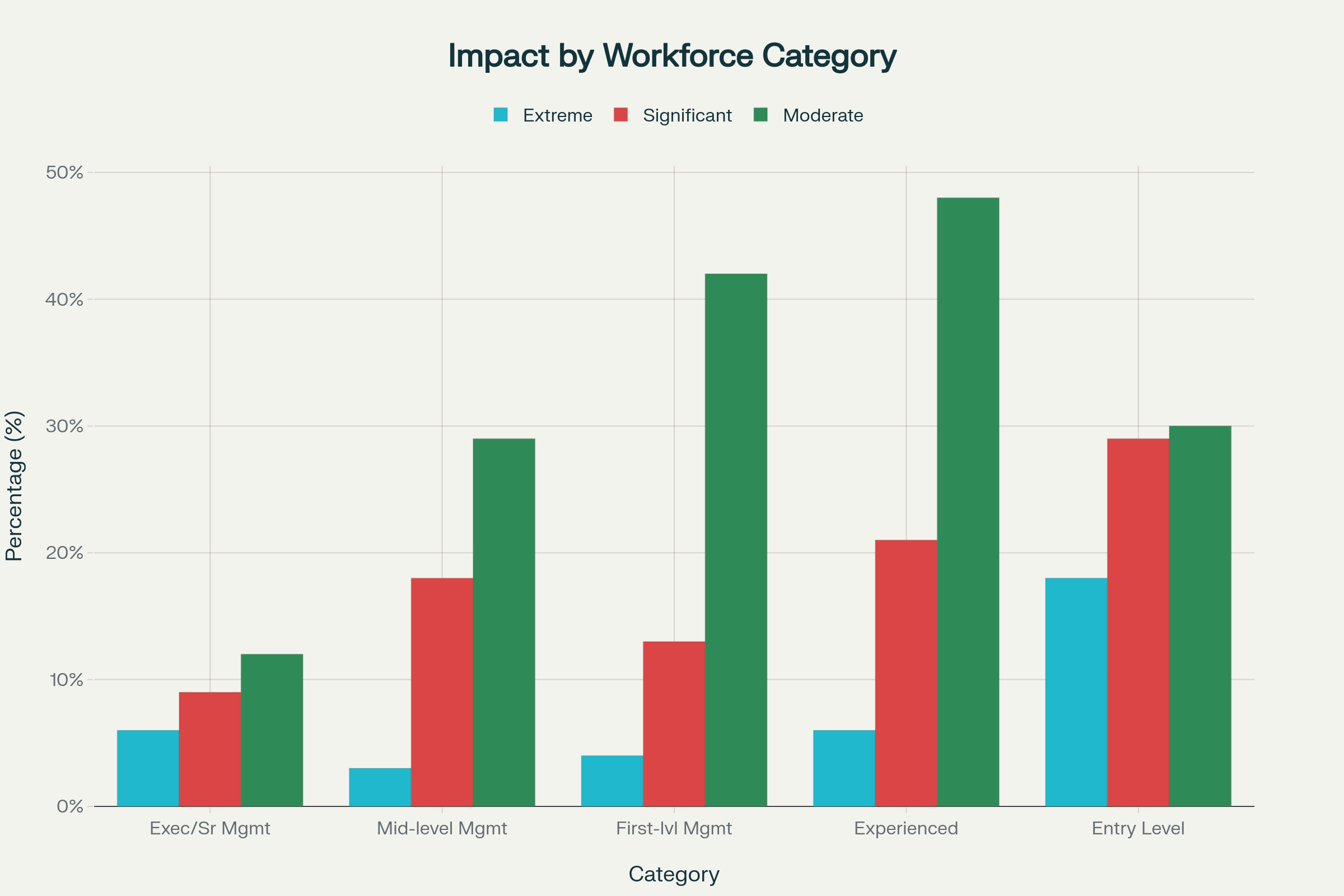
Summary: Projected Impact of AI on Workforce Roles by 2025
| Workforce Category | Extreme Impact | Significant Impact | Moderate Impact |
|---|---|---|---|
| Executive/Senior Management | 6% | 9% | 12% |
| Mid-level Management | 3% | 18% | 29% |
| First-level Management | 4% | 13% | 42% |
| Experienced | 6% | 21% | 48% |
| Entry Level | 18% | 29% | 30% |
Investment and Business Benefits
The market is ripe with opportunities for investments in AI development platforms, scalable automation solutions, and compliance frameworks. Many enterprises see value in deploying agentic AI to improve core processes, which translates into increased spending on AI research, development, and implementation. The potential for high returns exists for those investing in companies and technologies that enable autonomous decision-making, multi-agent coordination, and intelligent orchestration.
Adopting agentic AI workflows brings numerous benefits, including faster decision cycles, reduced human error, and increased operational scalability. Companies can achieve better customer experiences through faster responses and personalized interactions, while also gaining a competitive edge in their markets. Cost savings through automation and improved compliance management are also notable benefits, along with the ability to handle complex, unpredictable environments more effectively.
The regulatory landscape for agentic AI is beginning to take shape, especially in regions like Europe, where frameworks such as the EU AI Act address autonomous systems. These regulations aim to ensure safety, transparency, and ethical operation of AI agents. As agentic AI systems often act independently and interact with critical infrastructure, organizations must implement governance protocols, oversight mechanisms, and risk mitigation strategies to remain compliant and secure. This evolving environment underscores the importance of developing transparent, explainable AI systems that meet regulatory standards.
Emerging Trends
Emerging trends in Agentic AI in 2025 show a clear shift towards sophisticated, autonomous ecosystems that go beyond simple automation. Rather than limiting AI to scripted tasks, businesses now deploy multi-agent workflows where AI independently manages entire processes such as customer service, supply chain logistics, and sales enablement. These systems proactively predict issues, optimize routes, and make decisions dynamically without human prompts, improving operational resilience. It is estimated that agentic workflows are transforming customer service interactions by autonomously resolving issues before customers even report them, leading to improved satisfaction and faster outcomes.
Another notable trend is the expansion of Agentic AI into traditionally complex domains like finance and fraud detection, where it continuously learns from data to prevent risks and enhance decision accuracy. Enterprises are rapidly moving from static automation to flexible, data-driven AI systems that adapt to real-world complexity. This evolution supports a broader adoption of Agentic AI across multiple sectors, firmly establishing it as a key technology for business process transformation in 2025.
Growth Factors
Growth factors driving the adoption of Agentic AI Workflows include an urgent need for increased efficiency, scalability, and real-time data-driven decision-making. Businesses seek to reduce manual workloads and speed up execution by deploying AI agents that can manage multi-step workflows autonomously. Studies indicate that enterprises leveraging these workflows experience significant reductions in operational bottlenecks and can scale processes rapidly across teams and regions.
The ability of Agentic AI to continuously adapt and learn from dynamic environments makes it especially valuable in complex supply chains and high-transaction environments. Furthermore, as enterprise software platforms increasingly integrate agentic capabilities, organizations benefit from streamlined operations and the ability to pivot swiftly in response to changing conditions.
This technological maturity, coupled with rising business expectations for smarter automation, fuels the demand for Agentic AI solutions. Real-world results show that companies using Agentic AI report improved decision-making speed and accuracy, reduced human errors, and enhanced customer experiences, creating a compelling case for continued growth of these workflows in 2025.
Key Market Segments
By Type of Workflow
- Human-in-the-loop (HITL) Workflows
- Autonomous Workflows
- Semi-autonomous Workflows
By Technology
- Natural Language Processing (NLP)
- Computer Vision
- Robotic Process Automation (RPA)
- Others
By Deployment Type
- Cloud-based
- On-premises
By Enterprise
- Small and Medium-sized Enterprises (SMEs)
- Large Enterprises
By Industry
- Healthcare
- Finance and Banking
- Retail
- Manufacturing
- IT & Telecom
- Others
Top Key Players in the Market
- International Business Machines Corporation
- Amazon Web Services, Inc.
- Beam AI
- Akira AI
- Capgemini
- Quantiphi
- Fiddler AI
- HCL Technologies Limited
- Pegasystems Inc.
- Acceldata
- Flowable AG
- Trigent Software, Inc.
- Other Major Players
In summary, the Agentic AI Workflows market is driven by the need for autonomous, scalable, and intelligent automation solutions that streamline complex workflows, reduce costs, and enhance decision-making across industries. The market continues to expand rapidly as companies invest in smarter, self-learning systems that promise significant business benefits, even as regulatory frameworks begin to shape responsible deployment.
Sources

Joseph D'Souza started Techno Trenz as a personal project to share statistics, expert analysis, product reviews, and tech gadget experiences. It grew into a full-scale tech blog focused on Technology and it's trends. Since its founding in 2020, Techno Trenz has become a top source for tech news. The blog provides detailed, well-researched statistics, facts, charts, and graphs, all verified by experts. The goal is to explain technological innovations and scientific discoveries in a clear and understandable way.






